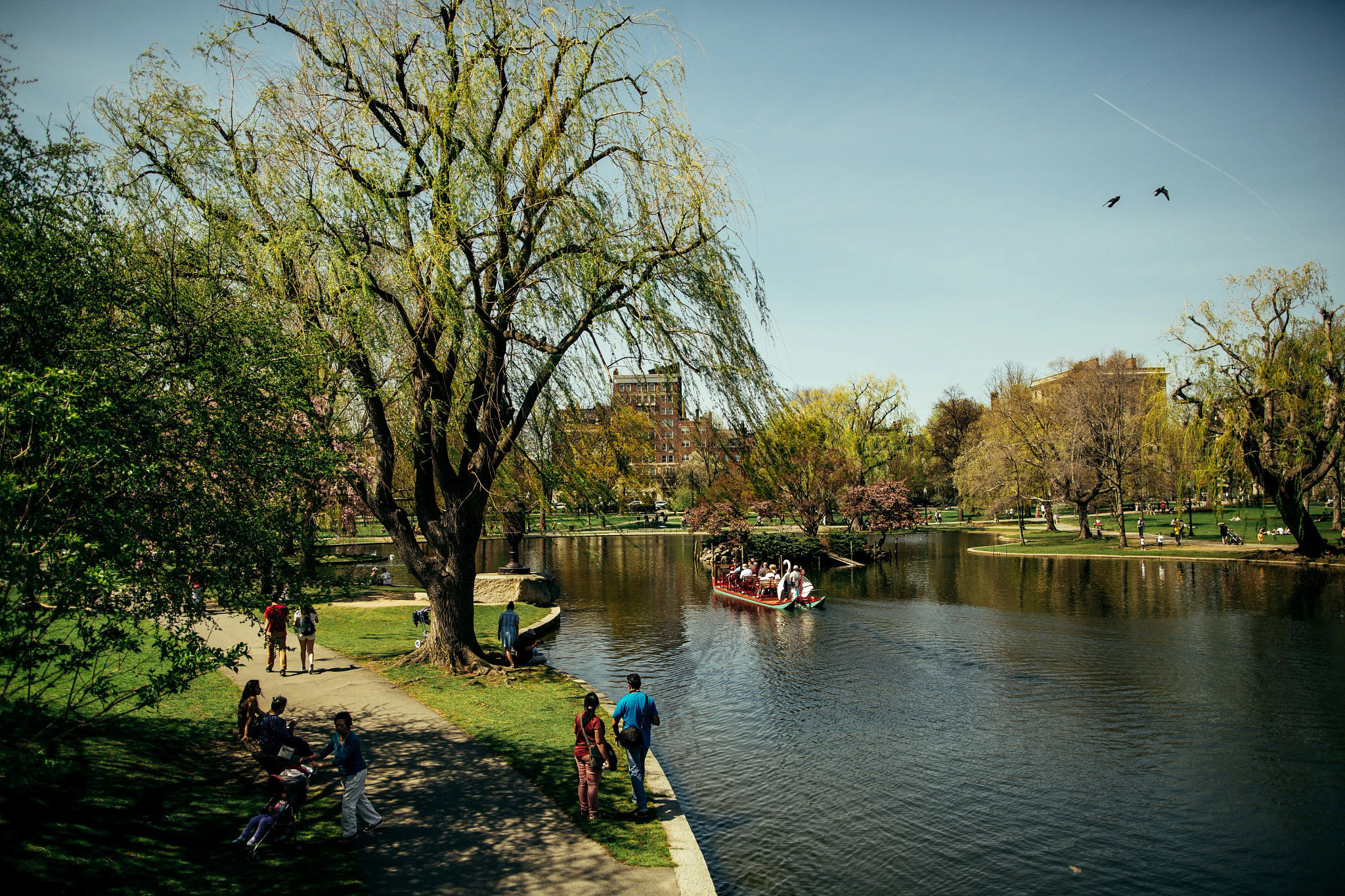AARP Eye Center
- right_container
- Health
- Money
- Work & Jobs
- Advocacy
- Social Security
- Medicare
- Caregiving
- Games
- Travel
- More...
- Entertainment & Style
- Family & Relationships
- Personal Tech
- Home & Living
- Auto
- Staying Sharp
- Podcasts
- Videos
Camp Floyd State Park Museum
About Us:
Used as a strategy by both the Northern and Southern States, Camp Floyd and the Utah War were an attempt to divert the nation's attention from the issue of states rights and slavery, to the Mormon problem and polygamy. Believing that the Mormons were rebelling against the laws of the United States, President James Buchanan dispatched 3,500 troops, nearly one third of the entire U.S. Army to suppress the rumored rebellion in Utah.
Buchanan believed that Democrats and Republicans, northerners and southerners, could unite in an attempt to restore order to Utah, and he could thus divert attention from the crisis over slavery and tensions between the north and south. John Floyd, Secretary of War in his Cabinet, also encouraged him, along with other southern Democrats. They saw this as an opportunity to divert northern attention from slavery to polygamy, and to divert union troops to the west. They also saw the potential to deplete the U.S. Treasury of millions of dollars by giving government contracts for the move, to southern businessmen and to turn the west from northern sympathies, by creating support for southern state's rights. The names of those who participated in the Utah campaign, read like a "who's who" in Civil War Generals. Rosters include names like Johnston, Buford, Reynolds, Bee, Heath, Lander, and others.
No rebellion or war ever took place in Utah because of this event. In 1858, the Army pumped nearly $200,000 into the local economy to build Camp Floyd. Camp followers soon increased the population of Camp Floyd and Fairfield to 7,000, making it the third largest city in the Utah territory. In 1861 the tensions of the north and south finally resulted in civil war. The troops were ordered back east for the emergency. Almost all of the buildings erected by the Army were dismantled or demolished. Some $4,000,000 of Army surplus was sold for a few cents on the dollar. Today, all that remains is the Commissary Building, which serves as a Camp Floyd museum, and the cemetery.
AARP Events for Zenia
-
Featured Event
Fight Fraud – Volunteer with the Scam Jam Tour
Tuesday, Mar 18, 2025 at 1:00 p.m. PT
Zoom
Online Event
-
Featured Event
Fight Fraud – Volunteer with the Scam Jam Tour
Friday, Mar 21, 2025 at 10:00 a.m. PT
Zoom
Online Event
-
Featured Event
Disaster-Ready: Tips from the American Red Cross
Tuesday, Apr 8, 2025 at 9:00 a.m. PT
Zoom
Online Event

New Pricing Coming in 2025.
This is AARP's first rate increase in 15 years.
Don't miss out, join today and save!

















)


















.jpg?crop=true&anchor=13,195&q=80&color=ffffffff&u=lywnjt&w=2008&h=1154)




























